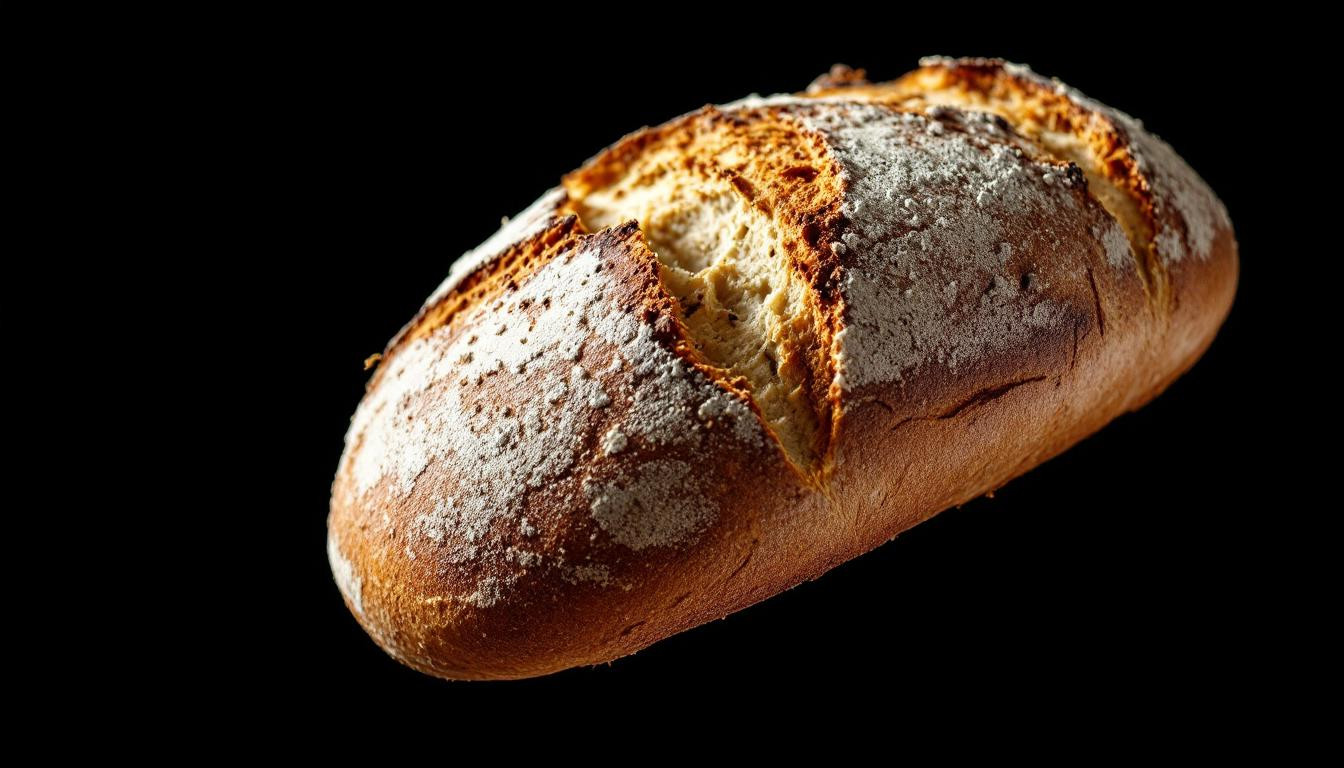In kitchens around the world, a culinary renaissance is taking place. The humble sourdough loaf, a bread-making technique older than written history itself, has staged a remarkable comeback that began during pandemic lockdowns and shows no signs of slowing. What’s driving this fascination with century-old methods in our digital age? The answer lies in the perfect marriage of science, sensory pleasure, and a hunger for connection to something authentic.
The ancient science behind the perfect crust
At its heart, sourdough fermentation is a miracle of microbiology. Unlike commercial bread that relies on packaged yeast, sourdough harnesses wild yeasts and beneficial bacteria naturally present in our environment. These microorganisms create lactic and acetic acids that give sourdough its distinctive tang.
“The beauty of traditional sourdough techniques is that they’ve been refined over generations through trial and error,” explains Claire Hamilton, artisan baker and sourdough instructor. “What our great-grandparents knew intuitively, we’re now confirming through scientific research.”
Why your body prefers the old ways
The slow fermentation process—often 24 hours or longer—delivers more than just flavor. It breaks down gluten proteins and phytic acid, making nutrients more bioavailable. Many people who struggle with commercial bread find traditionally fermented sourdough easier to digest.
“Sourdough is like the slow food movement in bread form,” notes nutritionist Dr. Michael Chen. “The extended fermentation creates a profoundly different food than mass-produced bread, with potential benefits for gut health.”
The starter: a living heirloom
Perhaps the most fascinating aspect of traditional sourdough is the starter culture itself—a symbiotic community of yeasts and bacteria that can survive for decades, even centuries, when properly maintained. Some bakers work with starters traced back to the California Gold Rush or earlier.
Like a garden that rewards consistent care, a sourdough starter becomes an extension of the kitchen—alive, evolving, and carrying a unique microbial fingerprint of its environment.
Learning from our ancestors: practical takeaways
What can modern bakers learn from traditional techniques? Consider these time-tested principles:
- Patience trumps convenience—longer fermentation develops flavor complexity impossible to rush
- Temperature control matters more than precise measurements
- Listen to your dough rather than following rigid timelines
- Embrace imperfection and variability as part of the craft
Beyond the basic boule: expanding your sourdough horizon
While the classic round loaf remains popular, heritage techniques extend far beyond basic bread. Traditional bakers incorporated sourdough into everything from Mediterranean-inspired flatbreads to rustic pastries.
Modern creative applications include:
- Sourdough pizza bases with extraordinary flavor depth
- Pancakes and waffles that utilize “discard” starter
- Enriched doughs for cinnamon rolls and sweet treats
The sustainable side of slow fermentation
In an era of growing environmental consciousness, sourdough’s ecological benefits are worth noting. Traditional methods require no commercial yeast packaging, use less energy than industrial processes, and create virtually zero waste when discard is repurposed or composted.
Like vegetables taking center stage in modern cuisine, sourdough represents a return to basics that paradoxically feels revolutionary.
Finding your sourdough community
The sourdough revival has spawned vibrant communities of bakers sharing knowledge across generations and continents. Much like the stories of unlikely comebacks that inspire us, sourdough reminds us that sometimes the old ways endure because they simply work better.
A sourdough starter is like a musical instrument—it requires practice and attention, but the rewards are transformative. What century-old technique might you revive in your kitchen this week?
